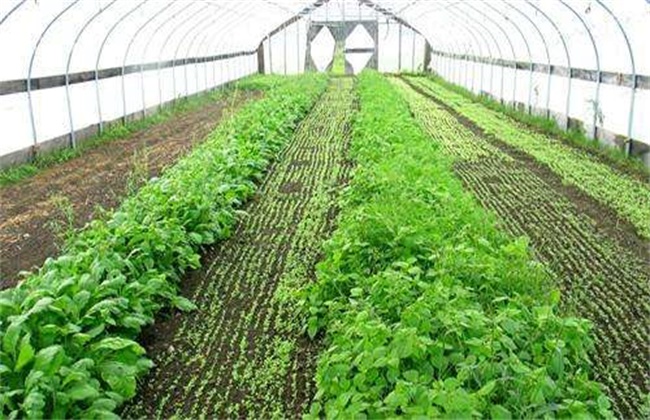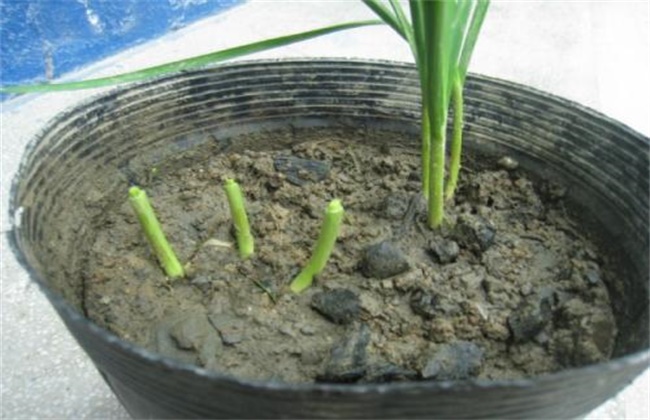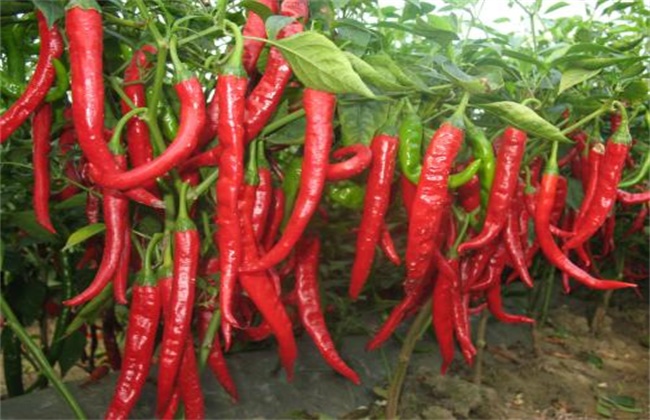Matters needing attention for fertilizing vegetables in greenhouse in winter
In the process of vegetable cultivation, fertilization is essential, most of the time is to use the way of irrigation fertilization, but if the irrigation is not appropriate, there will be some vegetable growth problems, so pay attention to these. So what should we pay attention to in winter greenhouse vegetables? Let's take a look at it together with Xiaobian.

1. The amount of fertilizer should not be too large
In winter, the greenhouse temperature and low temperature are relatively low. Vegetables grow in this environment, and the absorption and utilization rate of fertilizer by roots is relatively low. If fertilization is carried out according to conventional dosage, a large amount of fertilizer will accumulate in the soil, which will cause the soil solution concentration to be too high, the roots of vegetables will be damaged, and the phenomenon of burning roots or red roots will occur. In severe cases, it will cause leaf atrophy or stiff fruits and dead trees. Therefore, in winter, we must first pay attention to the amount of fertilizer, and the general amount of fertilizer is about half of the conventional amount of fertilizer.
2, the water should not be too large
In the cold season of winter, the low water temperature will also have a great impact on the growth of vegetables. Watering in the shed is generally about 10-14 degrees Celsius. After the fertilizer is applied, the low temperature will obviously decrease, and it will also cause the deterioration of soil permeability and cause the roots to rot. This will also lead to the yellowing of vegetable heart leaves, which will directly affect the growth and development of vegetables. Therefore, in winter, it is necessary to pay attention to water consumption and water temperature. Water close to ground temperature can be used for irrigation, which can stabilize ground temperature.
3. Look at soil moisture and weather fertilization
When the soil moisture is large, it is not appropriate to apply fertilizer, so as not to affect the permeability of the soil, causing damage such as retting roots and yellowing leaves. If fertilizer is urgently needed, then foliar fertilizer can be applied first, and then the soil moisture is appropriate. The washing fertilizer also depends on the weather. It is best to choose the washing fertilizer when the weather turns clear after the cold current, so as to avoid the occurrence of continuous rainy days after the washing fertilizer. If the continuous rainy days are encountered after the washing fertilizer, the ground temperature is difficult to rise, and the humidity in the shed is relatively high, which will cause great damage to vegetables and aggravate the occurrence of diseases.
4. Gas hazard prevention
The temperature in winter is low, so the greenhouse is closed most of the time. If nitrogen fertilizer or other nitrogen-containing fertilizers are applied, ammonia and nitrogen will volatilize continuously under decomposition. If ventilation is not carried out for a long time, harmful gases will accumulate continuously. When the concentration is too high, the vegetable stems and leaves will be discolored and gas damage will occur. Therefore, in the low temperature season, first of all, it is necessary to avoid applying fertilizers with higher nitrogen content, and then proper ventilation after flushing fertilizers to avoid phytotoxicity.
The above is the introduction of winter greenhouse vegetables, I hope to help you, want to know more about the relevant knowledge, please pay attention to us.
Related
- Where is it suitable to grow horseradish in China? it is expected to see the middle altitude horseradish in Alishan.
- How to prevent tomato virus disease reasonably? (Control methods included)
- Many people like to plant towel gourd on the balcony. What are the main points of this method and management?
- What crops can chili peppers be mixed with?
- Fertilization techniques and matters needing attention in Tomato
- What are the grafting techniques for peach seedlings in spring?
- Harm and control methods of root swelling disease of Chinese cabbage
- What are the pests of sweet potatoes? How to prevent and cure it?
- Symptoms, causes and Control methods of navel Rot in Tomato
- The cause of "Cucumber rotten bibcock" in Farmers' planting Cucumber and its Control Plan



